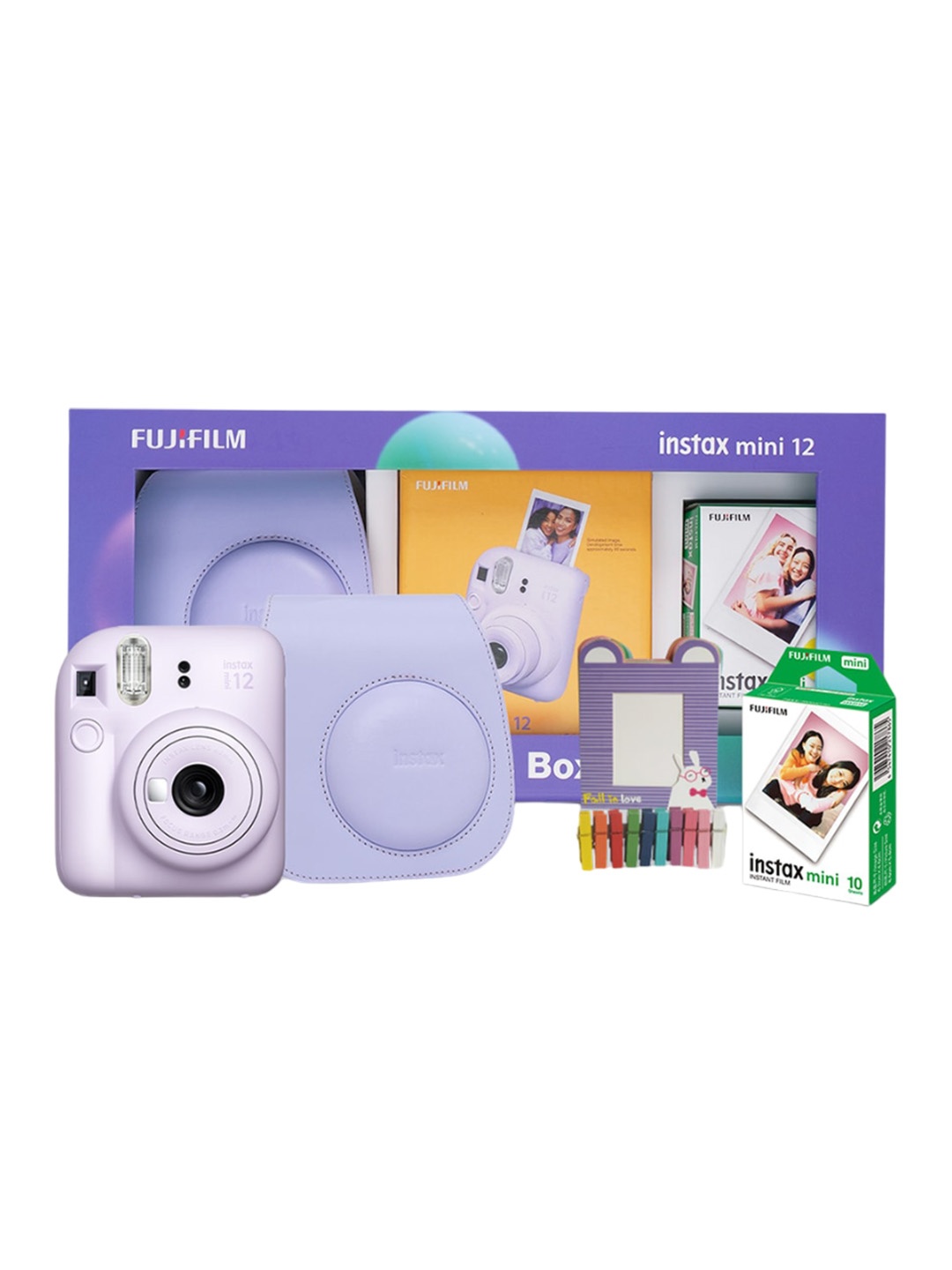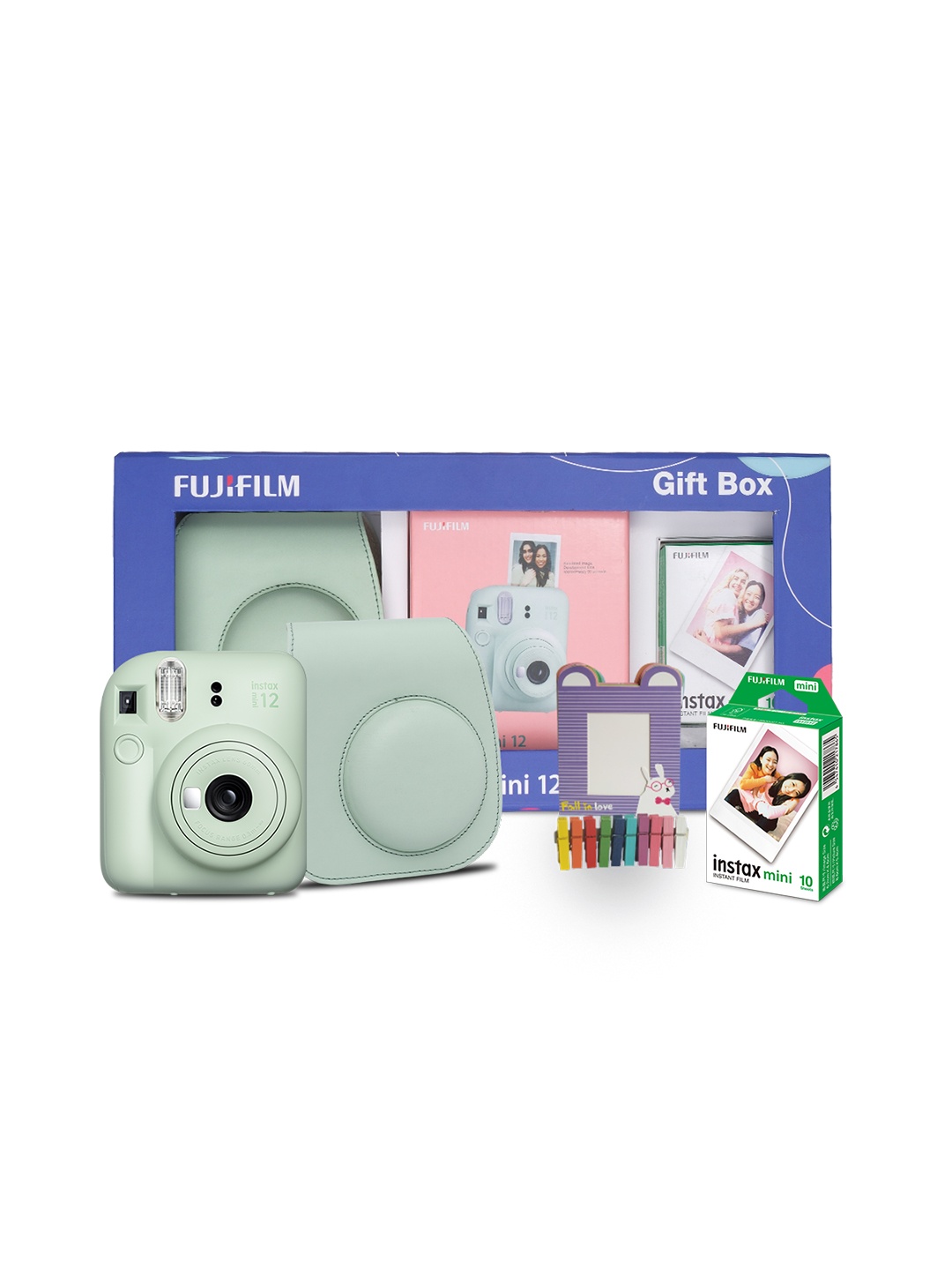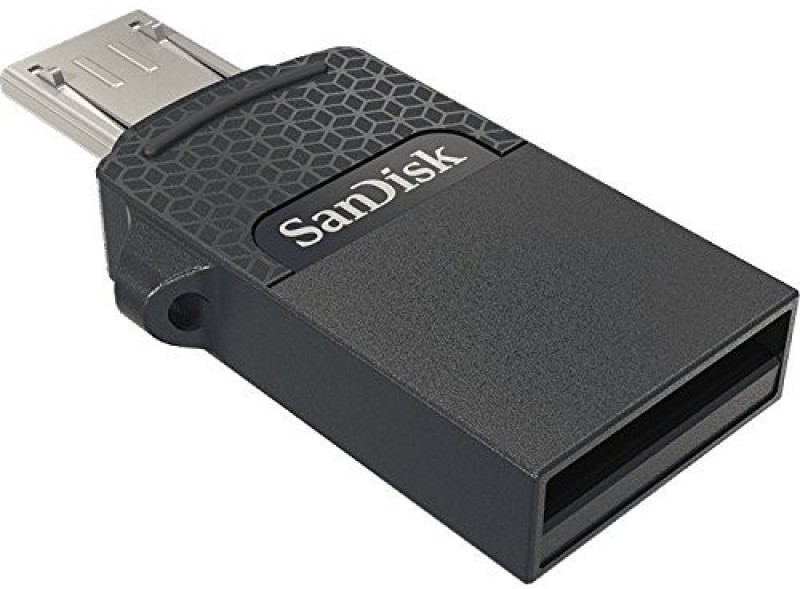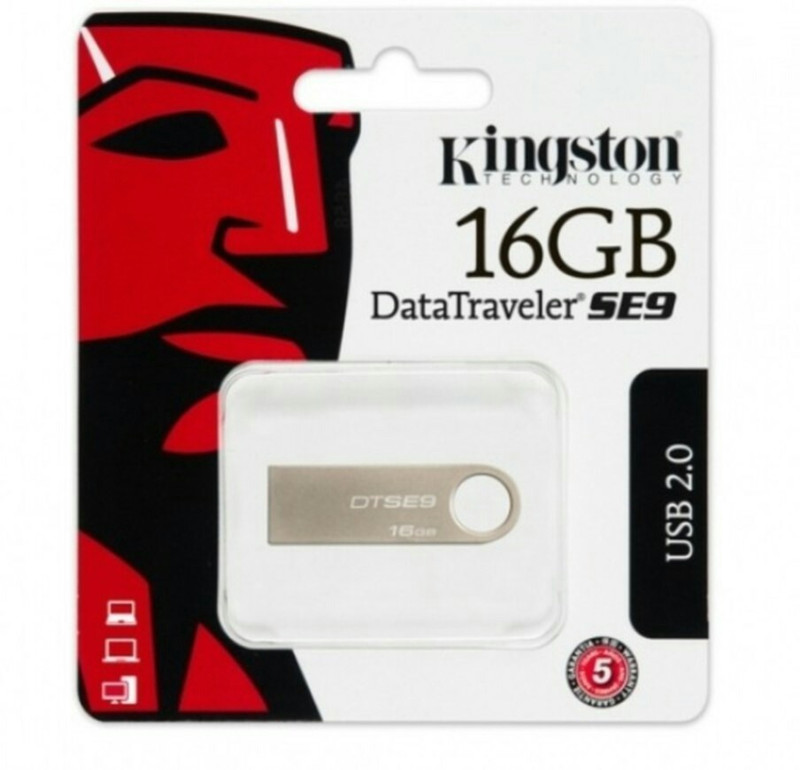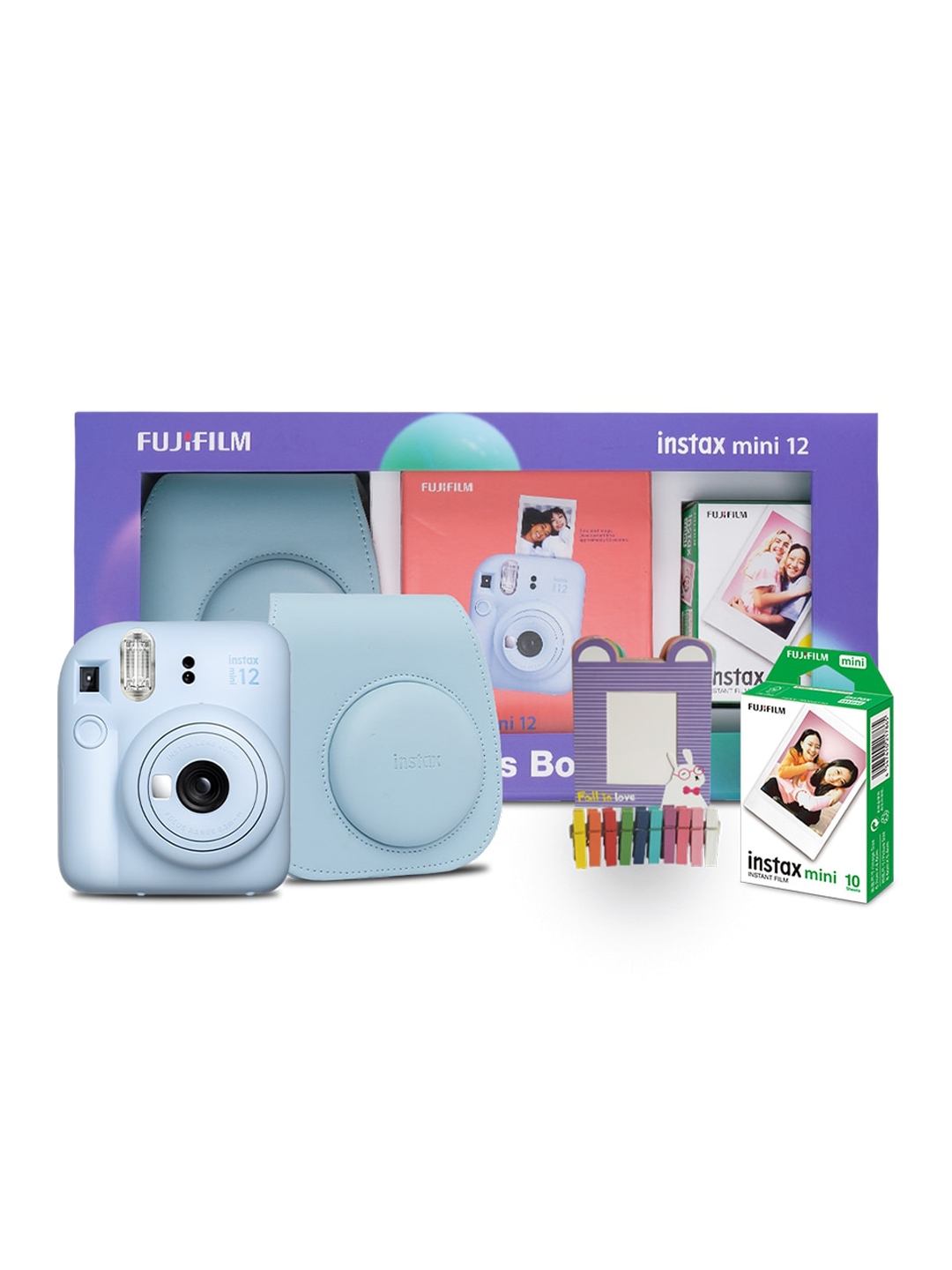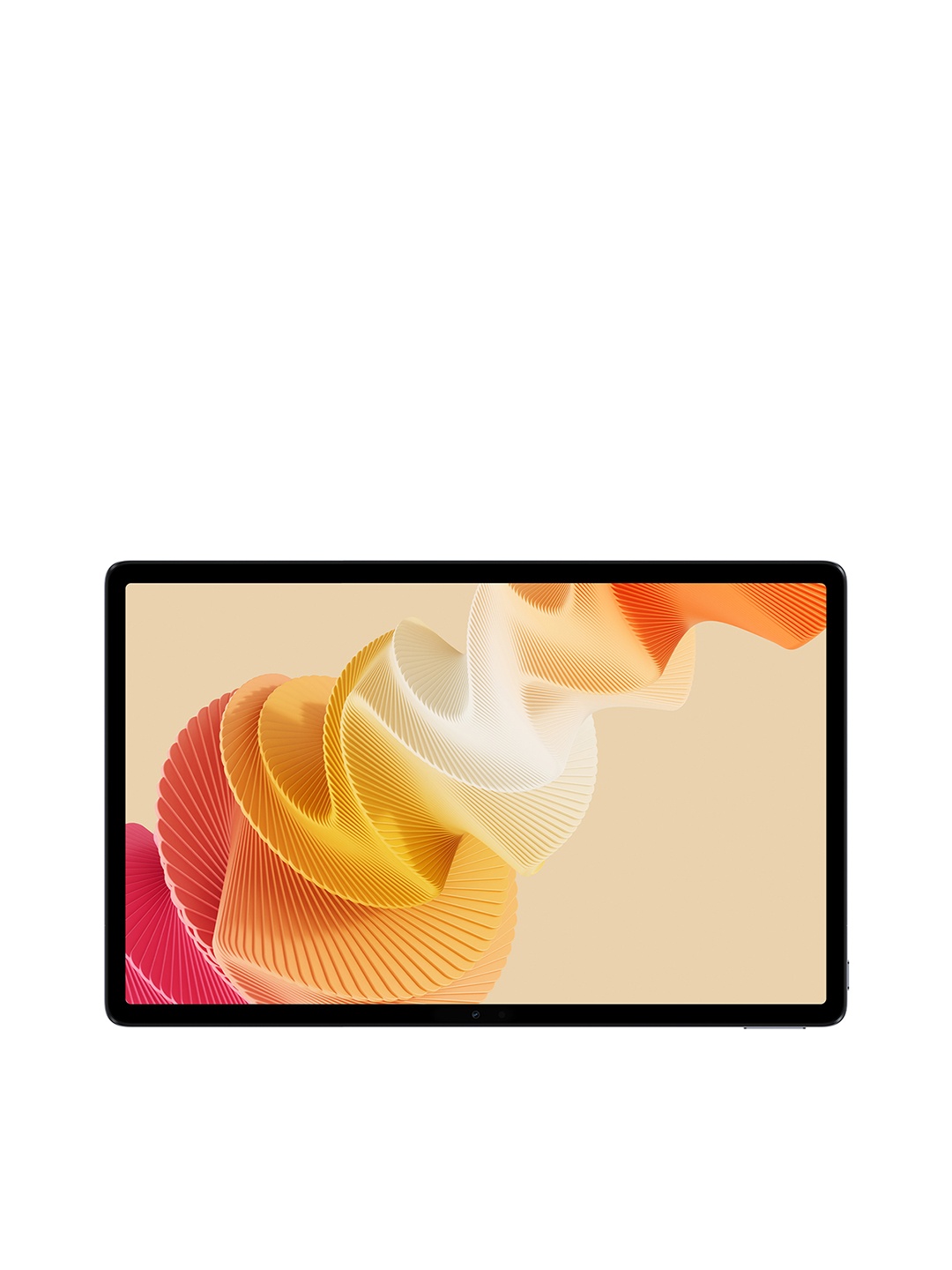Confused By Sunscreen Labels? Know What SPF, PA Ratings And White Cast Mean

Whether it's sunny or cloudy, or even when you're just popping out for a quick errand, applying sunscreen should be as much a part of your routine as brushing your teeth. Yet, when it comes to choosing the right sunscreen, many of us often feel like we're staring at a foreign language. Terms like SPF, PA++, and white cast are regularly featured on sunscreen labels, but do we truly know what they mean?
If you're not quite sure what those labels are trying to say, don't worry, you're not alone. Sunscreen labels are more complex than they appear. We'll take a closer look at these baffling terms, decoding them into something you can use. By the end of this breakdown, you'll have a deeper understanding of what to look for and how to choose the perfect sunscreen for your skin, lifestyle, and needs. Ready to shed some light on those mysterious labels? Let's dive in.
1. What Is SPF? Breaking Down Sun Protection Factor
SPF, or Sun Protection Factor, is the number you're probably most familiar with when it comes to sunscreen. But what does it tell you? In simple terms, SPF indicates how much protection a sunscreen offers against UVB rays, which are responsible for sunburn and contribute to skin cancer. The higher the SPF, the more protection your sunscreen offers.
Let's say you choose a sunscreen with SPF 30. This means you can theoretically stay in the sun 30 times longer without burning compared to not wearing sunscreen at all. For example, if you usually burn after 10 minutes of sun exposure, SPF 30 could extend that time to 300 minutes. Sounds great, right?
But here's the catch: SPF isn't a guarantee that you'll avoid sunburn altogether. It's also important to remember that sunscreen wears off over time due to sweating, swimming, or simply rubbing your face. So, reapplication is key.
2. What Does PA+++ Mean? Decoding UVA Protection
PA+ is a term you might have noticed alongside SPF on many sunscreen labels, but it's a little more elusive. It stands for "Protection Grade of UVA," and it refers to how well the sunscreen protects your skin from UVA rays. These are the rays responsible for premature ageing and long-term skin damage.
The PA system works on a scale, where PA+ means minimal protection, and PA+++ offers the highest protection. A sunscreen with PA+++ protects your skin from UVA rays much more effectively than one with PA+. If you're serious about skin health and longevity, PA+++ is the ideal choice, as it provides broad-spectrum protection against both UVA and UVB rays.
Next time you're shopping for sunscreen, look for both SPF and PA+++ on the label for a solid shield against harmful rays.
3. Why White Cast Is The Worst Thing Ever (And How To Avoid It)
For many of us, the term “white cast” has become the most dreaded part of sunscreen shopping. It's that annoying white tint left behind by some sunscreens after application. It's especially noticeable on darker skin tones, and let's be honest, no one wants to walk around looking like they've just smothered their face in flour.
So, what causes the white cast? Typically, it's physical or mineral sunscreens containing zinc oxide or titanium dioxide. While these ingredients are excellent at protecting the skin from UV rays, they also tend to leave a visible film on the skin.
To avoid this, look for sunscreens labelled as “non-whitening” or “invisible finish.” These are often formulated with newer, micronized versions of the active ingredients, which blend better into the skin without leaving that dreaded white hue. Trust me, your selfies will thank you.
4. Broad-Spectrum Protection: What Does It Mean?
Broad-spectrum protection is another term you'll see frequently on sunscreen labels, but what does it mean? Well, it refers to the ability of sunscreen to protect you from both UVA and UVB rays. While UVB rays are primarily responsible for sunburns, UVA rays penetrate deeper into the skin and can cause long-term damage, including premature aging and even skin cancer.
If your sunscreen is broad-spectrum, it means you're covered against both of these harmful rays, providing more comprehensive protection. Choosing a sunscreen with broad-spectrum protection ensures you're not just preventing burns but also fighting the long-term effects of sun exposure. In short, broad-spectrum sunscreen is a must for anyone serious about skin health!
5. Physical vs. Chemical Sunscreen: What's The Difference?
This is where things can get confusing, especially with all the terminology flying around. The main difference between physical and chemical sunscreens lies in how they protect your skin from UV rays.
Physical sunscreens, also known as mineral sunscreens, use active ingredients like zinc oxide or titanium dioxide to physically block UV rays from reaching your skin. These sunscreens sit on top of your skin and create a physical barrier, which is why they often leave a white cast. However, they're great for sensitive skin and offer immediate protection as soon as you apply them.
On the other hand, chemical sunscreens contain ingredients like avobenzone, oxybenzone, and octinoxate. These absorb UV rays and transform them into heat, which is then released from the skin. Chemical sunscreens are often lighter and less likely to leave a white cast, but they may irritate sensitive skin.
Choosing between physical and chemical sunscreens largely depends on your skin type, preferences, and how much time you want to spend applying and reapplying your sunscreen.
Also Read: The Double Duty Of Sunscreen: Can It Replace Your Moisturiser?
6. How To Apply Sunscreen For Maximum Effectiveness
It's not just about picking the right sunscreen, it's about applying it correctly, too. No matter how amazing your sunscreen is, you'll miss out on its full benefits if you don't apply it the right way.
Here's the general rule of thumb: Apply at least a shot glass-sized amount (around 1 ounce) of sunscreen to cover your entire body. Don't forget areas like your ears, neck, and feet! For your face, a nickel-sized amount should suffice.
Also, apply sunscreen 15 to 30 minutes before going outside to give it time to sink in. And remember, reapply every two hours, more often if you're swimming or sweating. Think of it like topping up your coffee throughout the day; regular application ensures that your protection stays strong.
7. Does Sunscreen Expire? Here's What You Need To Know
Yes, sunscreens do have an expiration date, and it's not just a marketing gimmick. Over time, sunscreen's effectiveness deteriorates as the active ingredients break down. Most sunscreens last for about three years from the date of manufacture, but you can easily check the bottle for an expiration date.
If you're using sunscreen past its expiry date, it's not going to offer the same level of protection. It's also a good idea to store sunscreen in a cool, dry place to maintain its efficacy. If the formula looks or smells different than when you first bought it, it's time to replace it.
Sunscreen might seem like a simple product, but it's more complex than it appears, and ensuring you're using it correctly is one of the most important steps you can take for your skin's health.
8. Sunscreen Myths You Need To Stop Believing
Let's wrap things up by debunking some common sunscreen myths. First, sunscreen is just for sunny days, false! UV rays are present even on cloudy days or indoors, especially near windows. Second, darker skin doesn't need sunscreen, also untrue! While darker skin does have more melanin, it can still suffer from sun damage, especially UVA rays.
Another myth is that sunscreen is enough to protect against all skin damage. While it's crucial, sunscreen should be paired with other protective measures, like wearing hats, seeking shade, and avoiding direct sun exposure during peak hours.
Products Related To This Article
1. DOT & KEY Vitamin C + E Sunscreen SPF 50 PA+++ For Glowing Skin, 100% No White Cast
2. Hyphen All I Need Sunscreen SPF 50 PA ++++ With Ceramide For Moisturizing
3. La Shield Lightweight Pollution Protect Mineral SPF 50 + PA+++ Sunscreen Gel
4. Aqualogica Detan+ Dewy Lightweight No White Cast Sunscreen With SPF 50+ And PA++++
5. The Derma co. 1% Hyaluronic Sunscreen SPF50 Aqua Gel For Oily, Dry, Acne-Prone Skin
6. Aqualogica Glow+ Dewy SPF 50 PA+++ Sunscreen With UVA/B And Blue Light Protection
7. FIXDERMA Shadow Sunscreen SPF 30+ Gel For Oily Skin with PA+++ Protection
8. Minimalist Light Fluid SPF 50 Face Sunscreen
So, there you have it, a breakdown of those mysterious sunscreen labels. SPF, PA++, white cast, broad-spectrum, and all the other terms might seem overwhelming at first, but now you're armed with the knowledge to make the best choice for your skin. Don't forget: sunscreen is one of the simplest and most effective ways to protect your skin, prevent premature ageing, and reduce the risk of skin cancer.
By understanding what's on your sunscreen label and applying it correctly, you're taking a proactive step toward maintaining healthy, glowing skin. So, the next time you reach for that bottle, you'll know exactly what it means and why it's so important.
Disclaimer: The images used in this article are for illustration purpose only. They may not be an exact representation of the products, categories and brands listed in this article.












